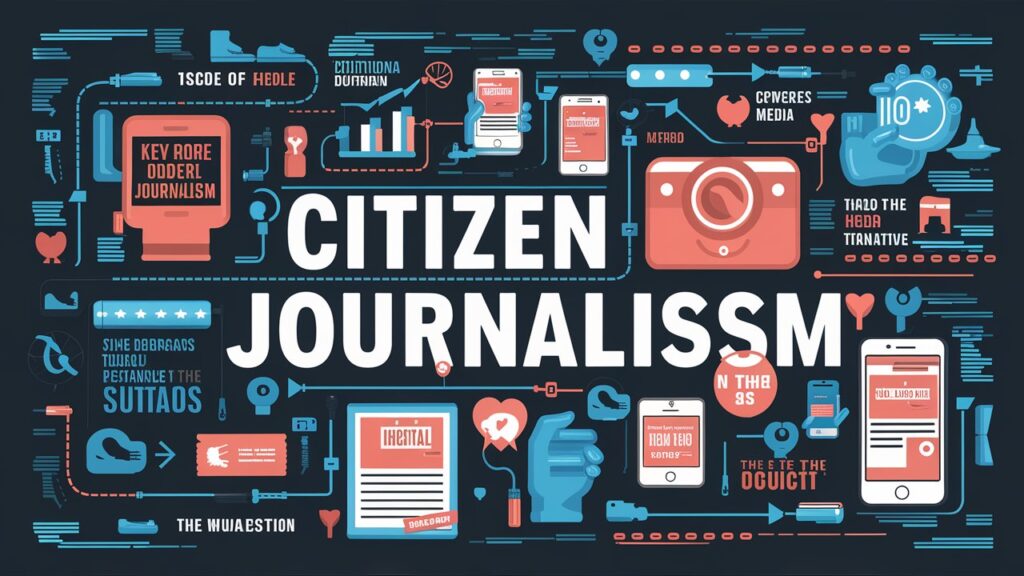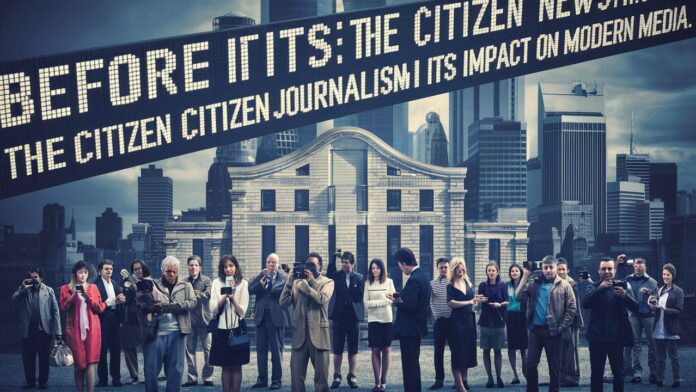Introduction
In an era dominated by rapid information sharing and digital connectivity, traditional news outlets are no longer the sole gatekeepers of breaking stories. Platforms like Before Its News have emerged as revolutionary spaces where citizen journalists and independent contributors share unfiltered perspectives, often bypassing mainstream media narratives. This article explores the phenomenon of alternative news platforms, their advantages, challenges, and their transformative role in reshaping how society consumes information. We delve into the mechanics of platforms like Before Its News, analyze their credibility, and address frequently asked questions about their growing influence.
1. The Rise of Alternative News Platforms
The digital age has democratized information dissemination, empowering individuals to report news without institutional oversight. Before Its News, founded in 2007, epitomizes this shift. Unlike traditional media, which relies on editorial hierarchies and fact-checking protocols, platforms like this thrive on user-generated content. Contributors range from amateur journalists to conspiracy theorists, creating a mosaic of perspectives that challenge mainstream narratives.
This trend reflects a broader societal distrust in conventional media. Surveys indicate that public confidence in established news organizations has declined, with many accusing them of bias, sensationalism, or censorship. Alternative platforms fill this void by offering raw, unvarnished stories—though this comes with risks, such as misinformation. Social media algorithms further amplify these voices, enabling grassroots reporting to reach global audiences almost instantly.
2. How “Before Its News” Works: A Closer Look
Before Its News operates on a simple premise: anyone can publish articles, videos, or opinion pieces. The platform categorizes content into sections like “Politics,” “Health,” or “UFOs,” allowing users to navigate topics of interest. Unlike traditional outlets, there is minimal editorial oversight. Stories gain traction based on user engagement, creating an organic hierarchy where popularity determines visibility.
This model fosters inclusivity but raises questions about accountability. For instance, a post claiming a breakthrough in renewable energy might sit alongside unfounded conspiracy theories about government surveillance. While this diversity encourages free speech, it also blurs the line between fact and fiction. Critics argue that the lack of vetting undermines journalistic integrity, while supporters praise it as a bastion of uncensored truth.
3. The Pros and Cons of Citizen Journalism
Pros:
Citizen journalism platforms like Before Its News empower marginalized voices. Activists, whistleblowers, and grassroots movements use these spaces to highlight issues ignored by mainstream media. For example, during the Arab Spring, citizen reporters documented protests in real-time, bypassing state-controlled narratives. Similarly, Before Its News has covered niche topics like holistic health remedies or UFO sightings, catering to audiences underserved by traditional outlets.
Cons:
The absence of editorial oversight can lead to the spread of misinformation. During the COVID-19 pandemic, platforms like Before Its News became hotbeds for anti-vaccine rhetoric and debunked treatments, posing public health risks. Additionally, the lack of fact-checking mechanisms makes it difficult for readers to discern credible sources from sensationalist clickbait. This ambiguity erodes trust in information ecosystems and fuels polarization.
4. The Impact on Traditional Media
Mainstream outlets are grappling with the rise of alternative platforms. On one hand, they face pressure to adapt by incorporating user-generated content or adopting faster reporting cycles. On the other hand, they risk losing audiences to platforms that prioritize speed over accuracy. Some legacy media organizations have launched fact-checking initiatives or partnered with independent creators to stay relevant.
However, the symbiotic relationship between traditional and alternative media is undeniable. Outlets like CNN or The New York Times often pick up viral stories from platforms like Before Its News, legitimizing them through secondary reporting. This interplay highlights the evolving nature of news consumption, where credibility is increasingly negotiated between professional journalists and the public.

5. The Future of News: Trends to Watch
As technology advances, the line between amateur and professional journalism will blur further. Artificial intelligence tools could help platforms like Before Its News automate fact-checking or flag dubious content, addressing criticism about reliability. Blockchain technology might also play a role in verifying the authenticity of user-generated reports.
Meanwhile, regulatory bodies are scrutinizing alternative platforms for their role in spreading disinformation. Proposed legislation, such as the EU’s Digital Services Act, aims to hold tech companies accountable for harmful content. How platforms like Before Its News navigate these regulations will shape their survival in an increasingly regulated digital landscape.
Conclusion
Before Its News and similar platforms represent a double-edged sword in modern media. They democratize storytelling and amplify diverse voices but also risk perpetuating misinformation. As consumers, the responsibility lies in critically evaluating sources and cross-referencing claims. Traditional media must innovate to retain relevance, while alternative platforms need to balance free expression with ethical reporting. The future of news lies not in choosing between old and new models but in fostering a hybrid ecosystem where credibility and inclusivity coexist.
Frequently Asked Questions (FAQs)
Q1: Is “Before Its News” a reliable source of information?
While Before Its News offers diverse perspectives, its lack of editorial oversight means readers must verify claims independently. Treat it as a starting point for research rather than a definitive source.
Q2: How does “Before Its News” differ from mainstream media?
Mainstream media typically adheres to journalistic standards and fact-checking processes. Before Its News relies on user-generated content, prioritizing speed and inclusivity over verification.
Q3: Can anyone contribute to “Before Its News”?
Yes—the platform allows anyone to publish articles, though content must align with community guidelines.
Q4: What are the risks of relying on citizen journalism platforms?
Misinformation, biased reporting, and sensationalism are common pitfalls. Always cross-check stories with credible sources.
Q5: How can I discern credible content on platforms like “Before Its News”?
Look for authors with a track record of accurate reporting, check for citations or external links, and compare the story with coverage from established outlets.
Q6: Will alternative news platforms replace traditional media?
Unlikely. While they complement traditional media by covering niche topics, professional journalism remains vital for in-depth analysis and investigative reporting.
This comprehensive exploration underscores the transformative power—and challenges—of citizen journalism in the digital age. As Before Its News continues to evolve, so too must our strategies for navigating an increasingly complex media landscape.

